Opinon: Conservation areas stand between needs of local communities and preserving natural resources

For centuries the Makuleke community lived in the northeastern corner of South Africa, close to the modern-day border between Zimbabwe and Mozambique. But by the beginning of the 20th century, the squeeze on a disenfranchised community had begun, as they were forced to make way for the private game reserves that were springing up in the Lowveld.
In 1912, the Singwidzi Game Reserve displaced several Makuleke villages, followed by the establishment in 1933 of the Pafuri Game Reserve.
The limited number of game rangers policing the area meant that the community still had limited access to their former lands, but this changed in 1969 when Pafuri was incorporated into the Kruger National Park and the Makuleke were forcibly removed.
The South African government was not alone in removing communities from newly-established conservation areas. Other countries including the United States had also displaced communities as they carved out pristine wilderness areas that became the preserve of wealthier tourists.
But more recently, over the last several decades, there has been a change in thinking. The old idea of wildlife reserves as exclusive domains fell away and was replaced by a more inclusive model that took into consideration the needs of those communities living adjacent to these areas.
South Africa joined this global movement and shortly after the advent of democracy, the Makuleke made history. Under the Restitution of Land Rights Act, in 1997, they reached the first successful settlement of a land restitution claim involving a South African national park.
Benefitting from conservation
Through the settlement, the Makuleke chose to keep the land as a joint management venture between themselves and the Kruger National Park to generate funds and jobs for their community. Today, there are five-star lodges and educational programs running aimed at uplifting the community on the 22,000 hectares of land.
The Makuleke are not alone; across the country, communities are benefitting from conservation thanks to changes in policy and legislation.
In addition to the more than 2,000 jobs created by the Kruger National Park, peripheral services such as car washes and emergency towing services at camps have been outsourced to entrepreneurs from the neighboring communities.
The recent South African National Parks (SANParks) Resource Use Policy of 2019 allows for a number of renewable and non-renewable resources to be harvested in their parks annually, including thatch harvesting, the collection of medicinal plants and even the picking of mopani worms, all done under the watchful eye of an armed ranger.
"In a post-apartheid South Africa, the point is that those national reserves actually belong to the people and those who were disadvantaged by the establishment of these conservation areas should not still be disadvantaged by the continued existence of these parks. As citizens, they should be the first line of stakeholders who should be benefitting from conservation," says Wayne Twine, Associate Professor in the School of Animal, Plant and Environmental Sciences.
It is not just state-run reserves; many private reserves have community outreach programs and are addressing the needs of communities within their areas with job opportunities and ancillary services which are outsourced to small, local businesses.
But Twine warns that addressing the needs of both is often a complex balancing act that requires the building of good relationships and honest communication. SANParks has used forums to communicate with the various communities.
"It's really important that you don't wait until you have a crisis before you reach out to neighboring communities," says Twine. Also, it's important that expectations are kept realistic. "It's about balances and trade-offs," he adds.
Data-driven decision-making
It is not just about providing economic opportunities. Recently the people living alongside the Kruger National Park between Numbi Gate and Matsulu complained of elephants venturing onto their land. SANParks said in a press release that they were in discussion with affected communities to work together on the construction of a fence, which is expected to take about eight months to complete.
But protecting ecosystems that better serve both communities and conservation requires gathering data that can help in the making of future policy decisions. This is what the Future Ecosystems for Africa Program, a partnership between scientists, policy makers and land users and led by academics at Wits, provides.
"If we get good data, we can find ways to enable people to derive the benefit of the land's resources while maintaining healthy ecosystems," says Professor Sally Archibald, the Principal Investigator at the Future Ecosystems for Africa Program in the School of Animal, Plant and Environmental Sciences.
Their research is also helping to dispel some preconceptions held by the Global North about conservation in the developing world. One example of this is afforestation programs that involve planting trees in areas that evolved as open, grassy savannah systems with their own unique biodiversity. Although the aim is to help mitigate the impact of climate change, scientists like Archibald have argued that this would destroy these ecological areas, reduce water supplies and do little to reduce atmospheric CO2 levels.
Combating the 'wilderness philosophy'
The 'wilderness philosophy' is something that was brought to Africa with colonialism and is exemplified by fortress conservation—the idea that protected areas can only exist by excluding humans from the land.
However, recent research done by Archibald in the Mozambique Niassa Special Reserve in collaboration with Claire Spottiswoode and David Lloyd Jones from the University of Cape Town is showing that people can live in such protected areas while leaving a minimal imprint on the ecosystem.
The research involved studying honey hunters who live in the park and who, in order to calm the bees and access the hives, light fires at the base of trees and then chop them down.
"Many people, with a more 'wilderness philosophy' would think that this is shocking, and the activity needed to be stopped. But we have shown that they are harvesting a very small proportion of the total tree population and that the rates of tree recovery make these activities sustainable. Our student, Rion Cuthill, has done great work in showing that, yes, sometimes, honey hunting does cause wildfires, but they often happen at times of the year when it is recommended that you burn," says Archibald.
In 2022, the UN Convention on Biological Diversity adopted the "Kunming-Montreal Global Biodiversity Framework" which set a 2030 deadline for one third of the planet being under effective conservation management.
"The Framework had pushback from Africa and South America over not just who was going to fund this, but also what it means to conserve. Can we consider landscapes conserved if they have people living on them and are managed in a sustainable way?" asks Archibald.
To help international organizations best fund projects in Africa, together with colleagues Barnie Kgope in the Department of Environmental Affairs and Odirilwe Selomane from the University of Pretoria, Archibald is developing a checklist that provides guidance on how projects should be funded in Africa.
"This is so that we not only become the recipients of funding, but so we can also guide that funding towards activities that really will benefit our biodiversity and people. Otherwise, we are always going to be fighting, telling people you can't plant trees on grasslands," explains Archibald.
But while much has been done to democratize the relationships between communities and conservation areas, the future looms with challenges, and climate change and a growing population will make resources even more scarce.
"There are certainly going to be challenges, and that is why going forward it is important to find innovative ways of creating economic opportunities for communities through conservation—rather than conservation being pitted against development," says Twine.


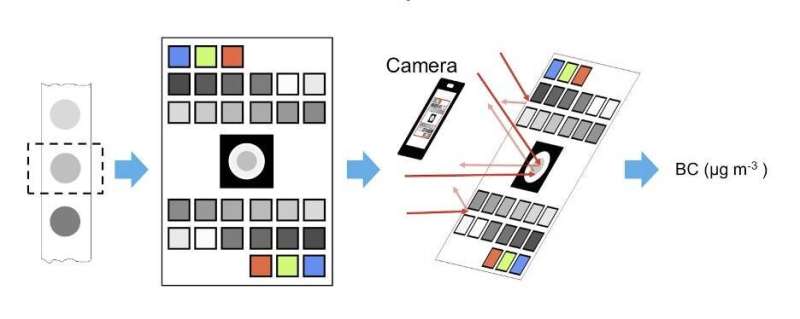
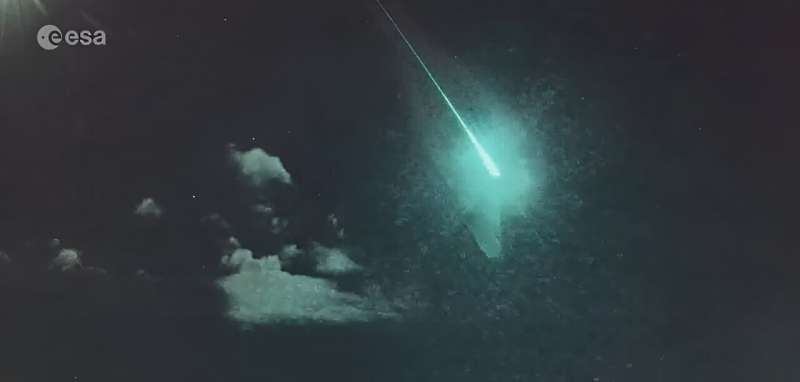
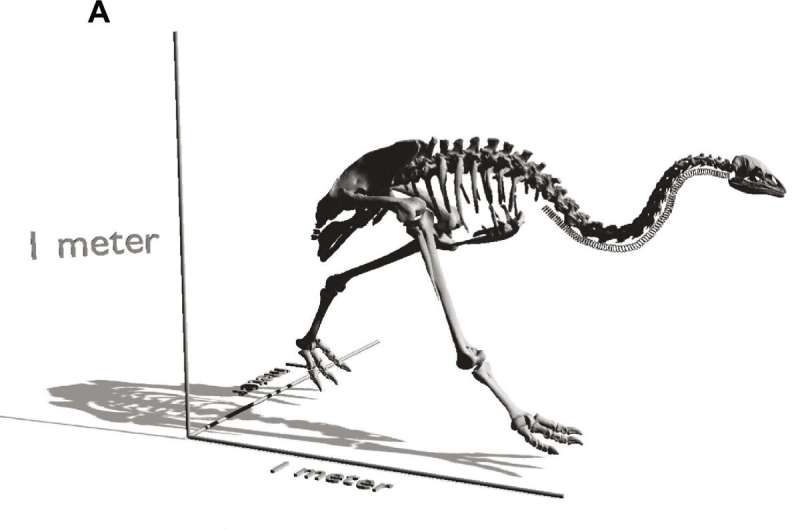

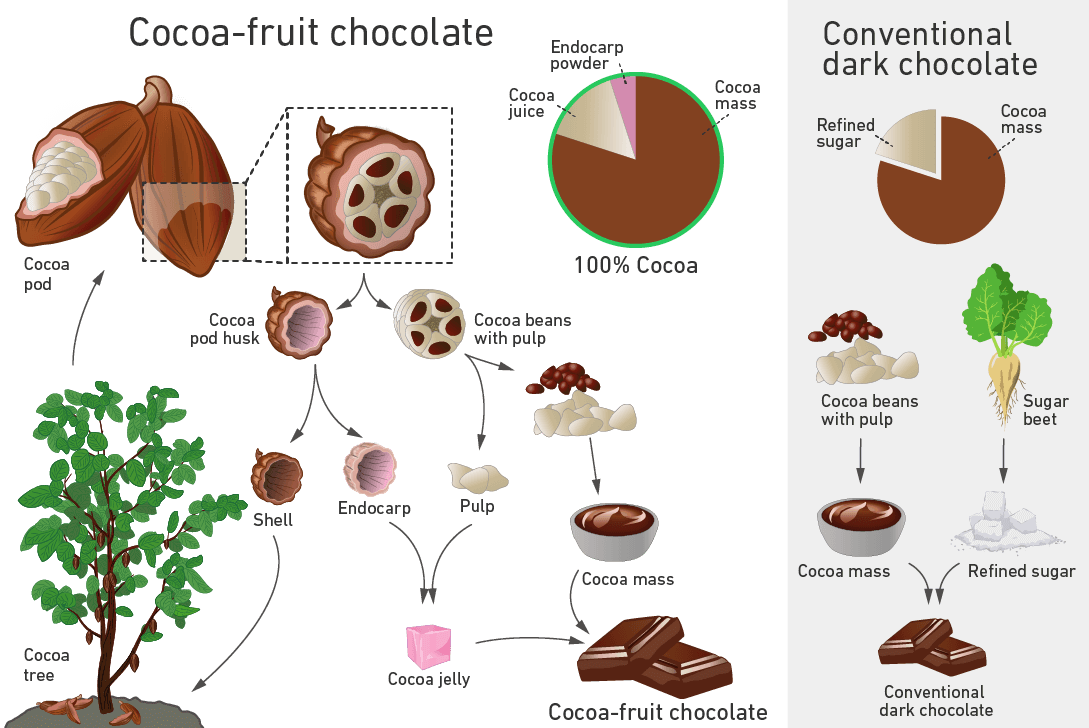
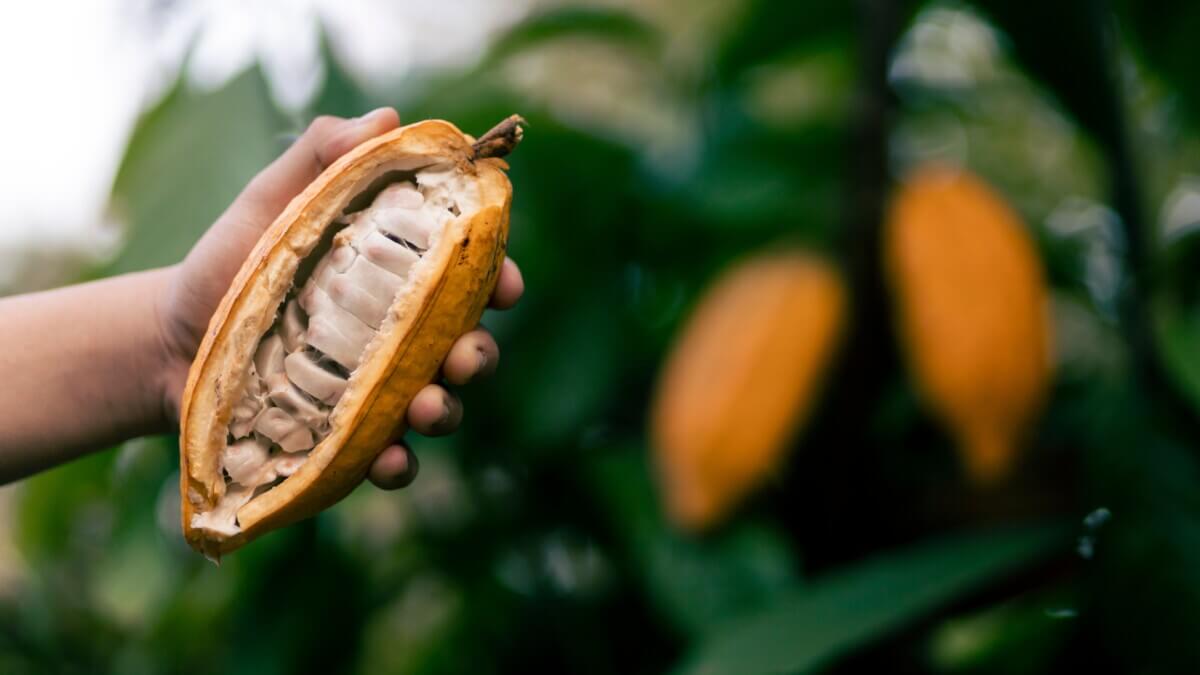
:focal(385x293:386x294)/https://tf-cmsv2-smithsonianmag-media.s3.amazonaws.com/filer_public/d5/4c/d54cfcbf-0129-403d-a1f3-49c7165ffaf7/earring.png)
/https://tf-cmsv2-smithsonianmag-media.s3.amazonaws.com/filer_public/14/76/14769e86-cea9-4c91-aebc-8b3a43605527/earring3.jpg)
/https://tf-cmsv2-smithsonianmag-media.s3.amazonaws.com/filer_public/db/4d/db4dc79d-3f4e-4df0-93b3-ebac63a7a3f9/earring2.png)
/https://tf-cmsv2-smithsonianmag-media.s3.amazonaws.com/filer_public/6e/7d/6e7d0638-6708-463f-a1e1-31e74c8a410e/earring4.jpg)